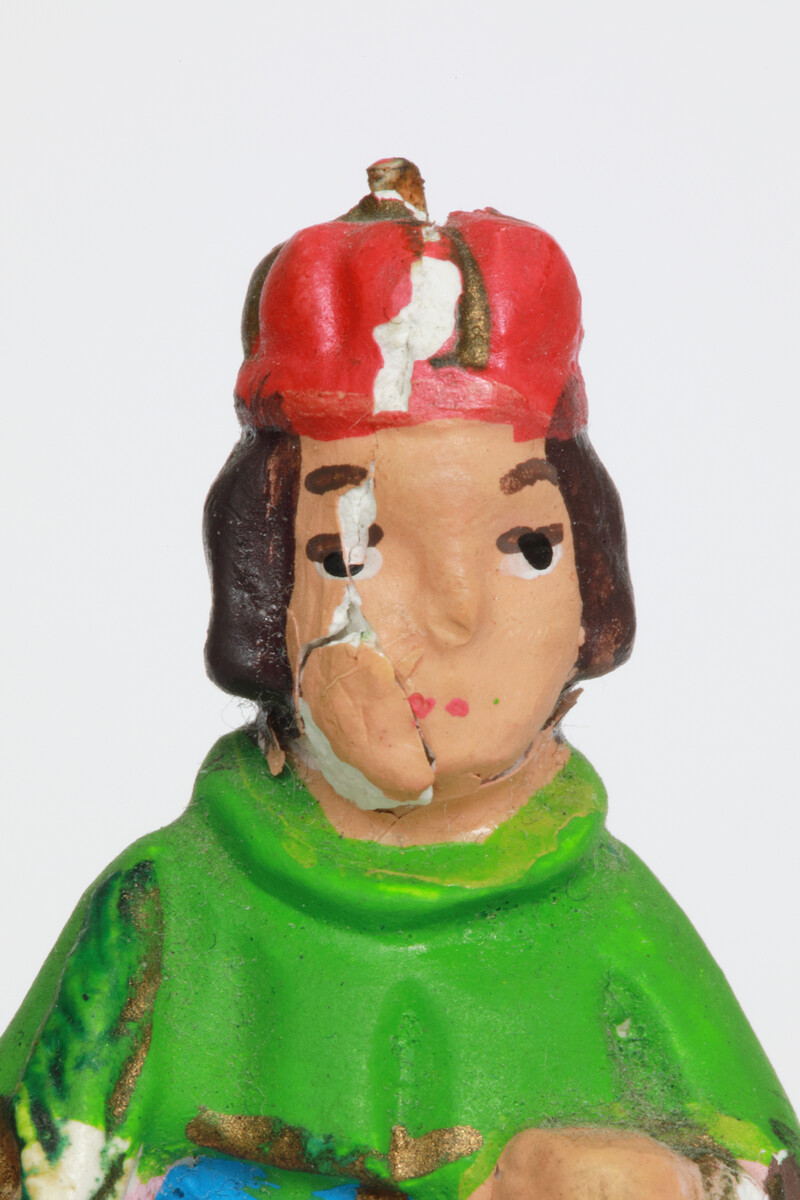
Tales from the Garden of Zār is a multifaceted research project that revolves around legends of edible earth in connection to purported paranormal activities in the Strait of Hormuz. Historically, this narrow waterway played a significant role in the trade logistics of the maritime Silk Road and acted as a primary source of salt rocks and unique compounds necessary for steel production. This trade-centric geography gave rise to an early internationalism and cultural hybridity, with various actors frequenting Hormuz and exchanging oral stories.
Following Portuguese colonial campaigns, tales concerning the existence of supernatural forces inspired by the intensity of the archipelago’s climatic conditions circulated widely. Simultaneously, rumours about Hormuz’s inhabitants as lustful earth eaters were rampant, giving rise to a series of distorted phantasmagorias that offered the moral justification for violent invasions by ultra-religious European and Persian empires. In the contemporary context of espionage and accelerated multinational militarism around the strait, various accounts of paranormal sightings have given rise to new transcendental narratives that take inspiration from old colonial myths.
Originally inspired by his late grandfather Mahmoud Dehnavi’s unpublished drawings of imaginary Safavid gardens, Akhbari developed this project between Hormuz, Lisbon, and London. Consisting of a short film, a fictocritical novella, and a series digital images, Tales from the Garden of Zār probes the connection between early 17th-century anti-colonial warfare in the Persian Gulf and a multitude of approaches to temporality in political Islam.
Image Set
Revolution: Future, Past, Present
In this image, Akhbari has reworked his grandfather's preliminary drawing as a recurring asymmetric pattern. In the novella that composes part of this project, this intricate image is associated with an advanced alien civilization known as "Resolve 6174." Obsessed with intergalactic reproduction, this civilization intercepts Earth's natural evolutionary path by developing various shadow biospheres on the planet. Resolve 6174 ultimately tries to warn the Tellurians about the possibility of extinction by citing manufactured verses loosely attributed to Attar's "Conference of the Birds," in which the animals discuss chaos theory and fractal mathematics as related to defense management and threat neutralization.
On Revolution(s) Past
Taking the form of an azulejos mural and mimicking its distinctive Portuguese tin-glazed ceramic tile, this image references a historical illustration attributed to an unknown author. It depicts a settler family in Hormuz eating at a table while submerged in water; the inscription reads "because the lands are too warm." Since early floods in the region only affected the Christian-settled parts of the archipelago, it was rumoured that divine intervention was at play: a God-sent cooling mechanism to help make the islands’ colonizers more comfortable in the unbearable summer months.
Present: One Revolutionary, No Revolution
Laid upon an over-exposed image that Akhbari took at night in the strait of Hormuz, these miniatures are interventions and re-interpretations of the little-studied Jarunnameh (or Jangnameh-e-Kish). The original manuscript produced in1633 is a mas̲navī (a poem composed of rhyming couplets) on the taking of Jarūn (Hormuz) from the Portuguese by Imām Qulī Khān Undiladze. Attributed to unknown artists and authors, Jarunnameh attempts to depict the events of early decolonial battles in the northern shores of the Persian Gulf as an epic, primarily as propaganda to bolster the Shia Safavid’s grab on power in regions with large Sunni minorities. Taken out of their textual context and recreated by a master illuminator in Isfahan, Mojtaba Abu-Talebi, the detailed miniatures in this print are either exact replicas of the original illustrations or slightly changed by adding elements to appropriate them for the larger narratives present in the accompanying novella.
One Revolution: Future
This collage-like image includes a spherical lenticular print that gives the illusion of a tidally-locked planet during its full revolution in a binary star system. Animated using the same drawing from the first image in the series, this speculative rendering makes reference to Resolve 6174’s legendary camouflage capabilities in the context of intergalactic first contact. Recreating the motion blur that is common in astrophotography due to the compensation for Earth’s rotation, the lower section depicts Hormuz's notorious "Valley of Sculptures": a surrealist natural formation on the island’s southern sandstone cliffs which simultaneously overlook the Persian Gulf and the Sea of Oman. The silhouettes of these otherworldly formations have long fascinated maritime travelers, hydrographers, and chroniclers alike.
Audiobook: Perturbation: A Speculative History of Future(s) Past
As part of the larger body of research of which Tales from the Garden of Zār is a part, Akhbari has published a novel, Perturbation: A Speculative History of Future(s) Past. Listen to the Foreword and Chapter 1, read by the artist, below, or watch the full version on our publication page.
Rouzbeh Akhbari, Perturbation: A Speculative History of Future(s) Past, 2021.
Rouzbeh Akhbari (b. 1992, Tehran) is an artist working in video installation and film. His practice is research-driven and usually exists at the intersections of storytelling, critical architecture, and human geography. Through a delicate examination of the violences and intimacies that occur at the boundaries of lived experience and constructed histories, Akhbari uncovers the minutiae of power that regiment the world around us. He holds a BFA in Sculpture and Installation from OCAD University and a Master’s degree in Visual Studies from University of Toronto’s School of Architecture, Landscape and Design.
Tales from the Garden of Zār
Burning Glass, Reading Stone is collectively curated by current and recent Blackwood Gallery staff
Image Set
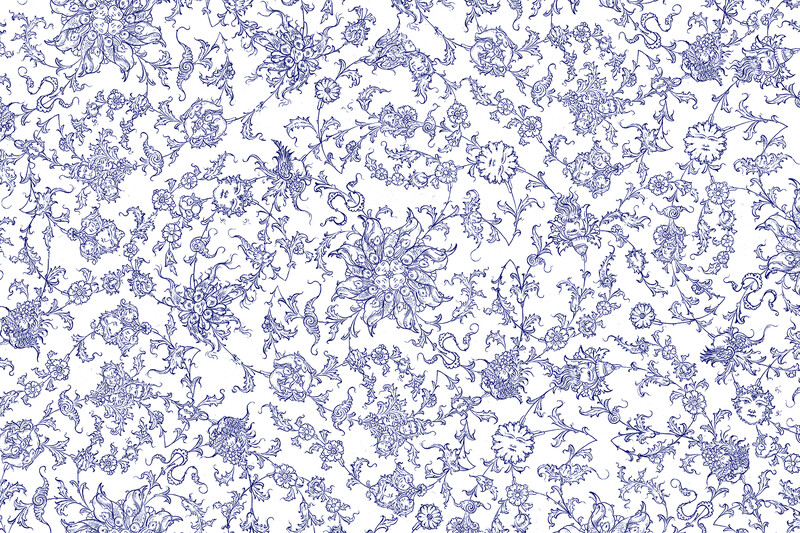
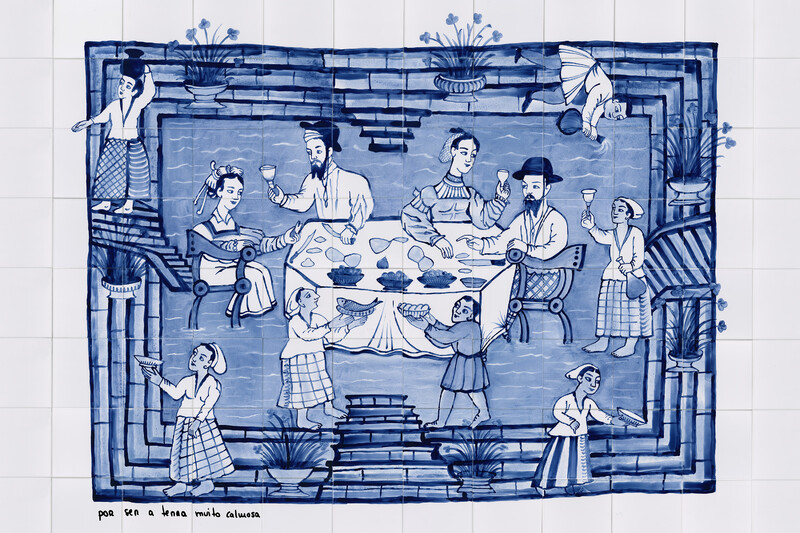

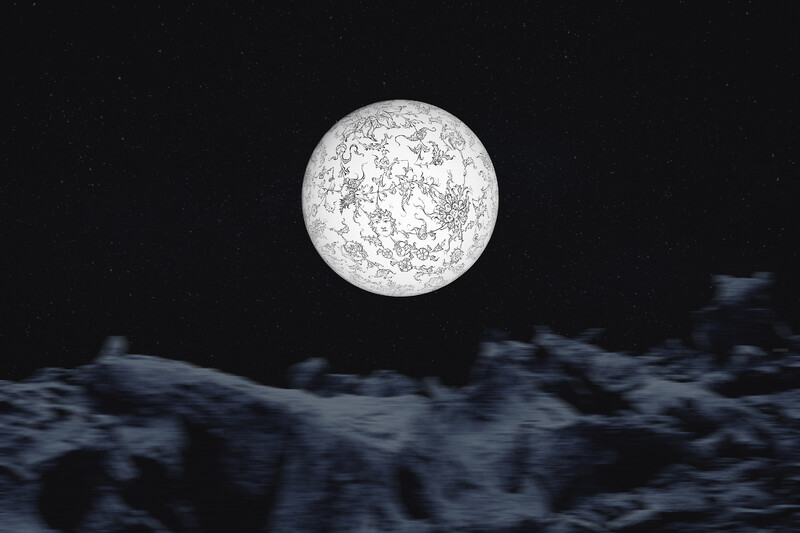
Installation Views
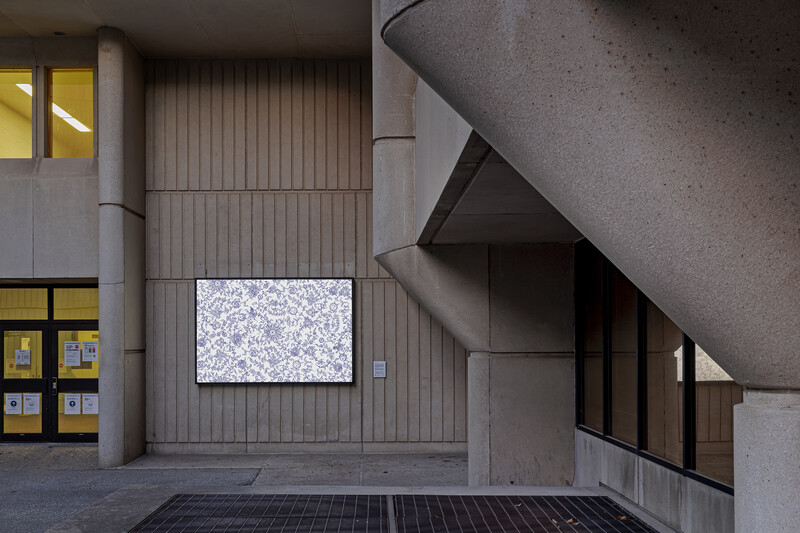
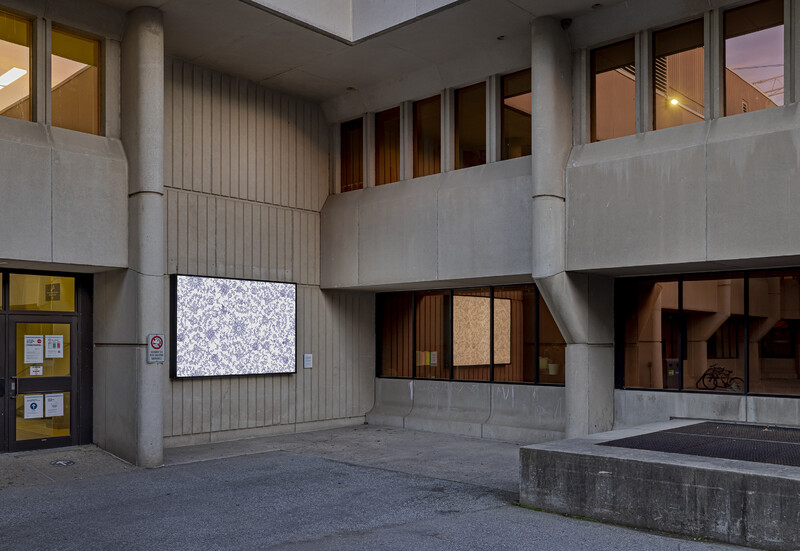
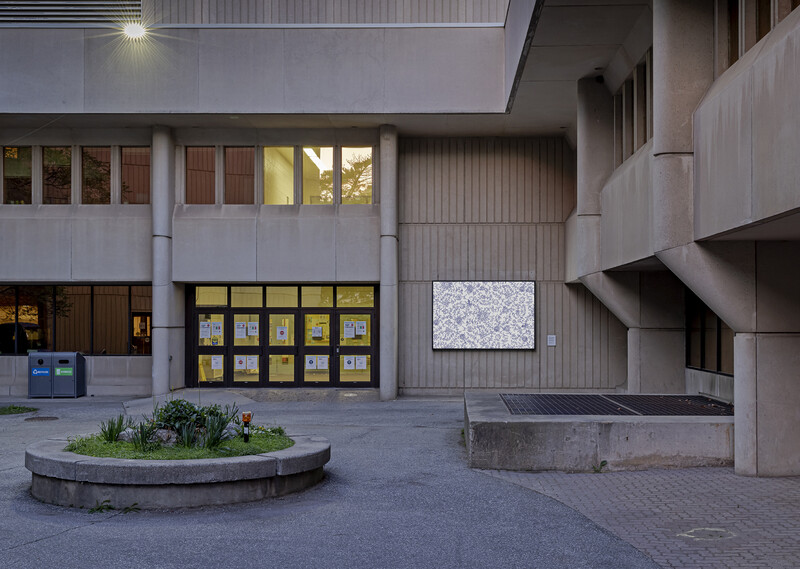
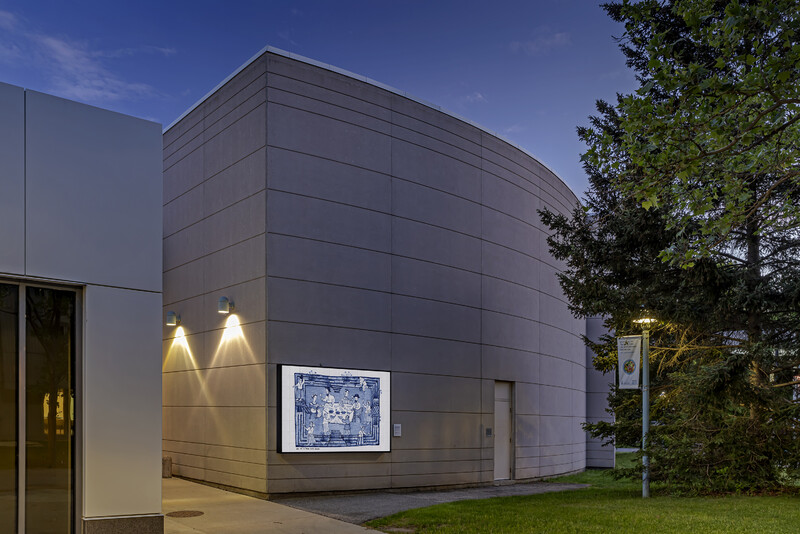
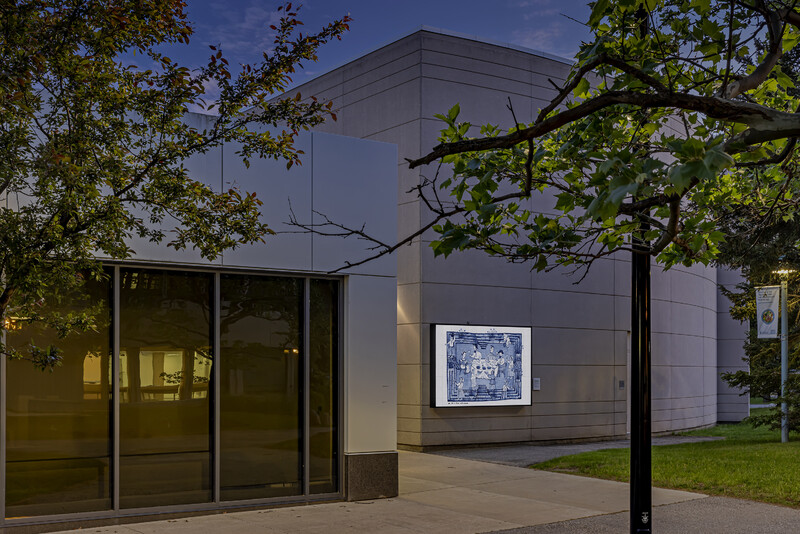
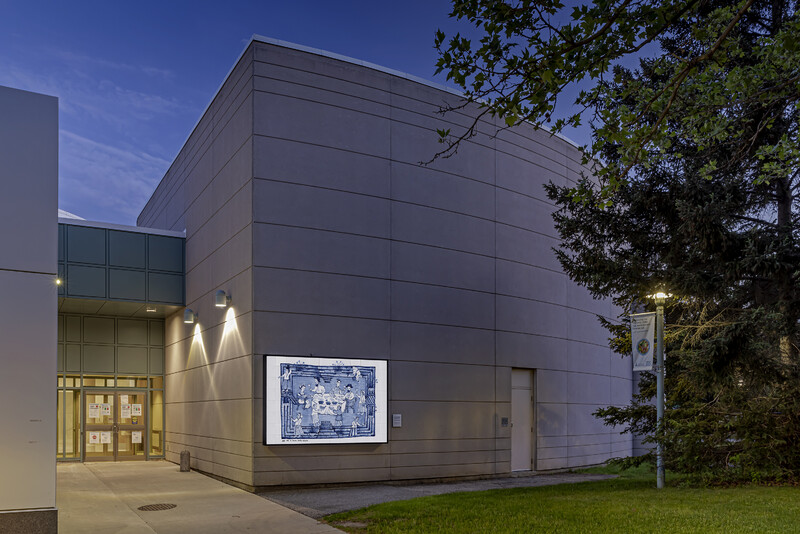
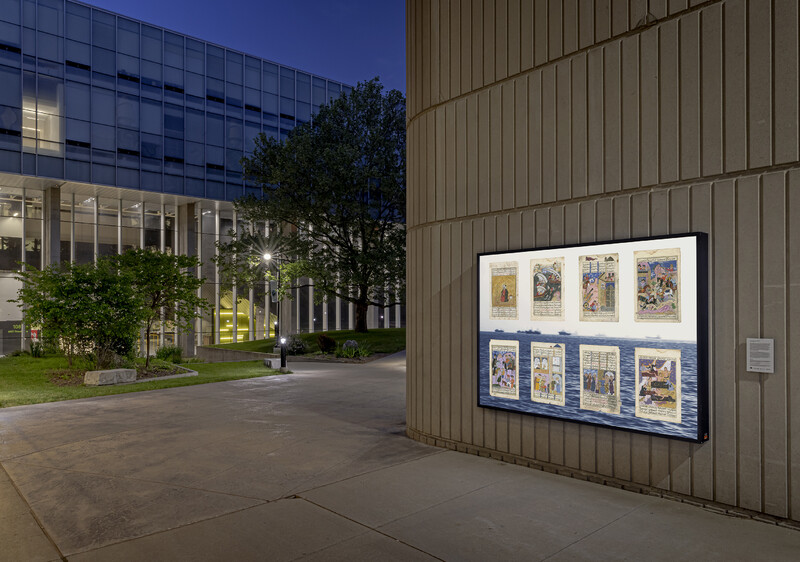
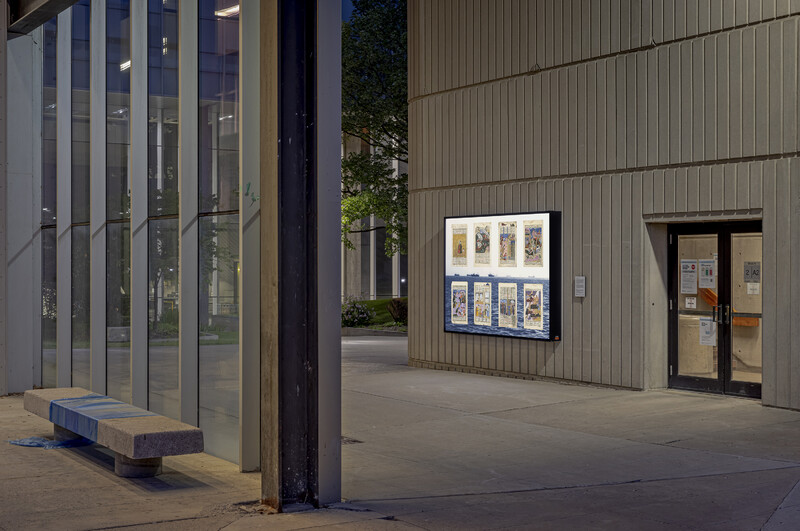

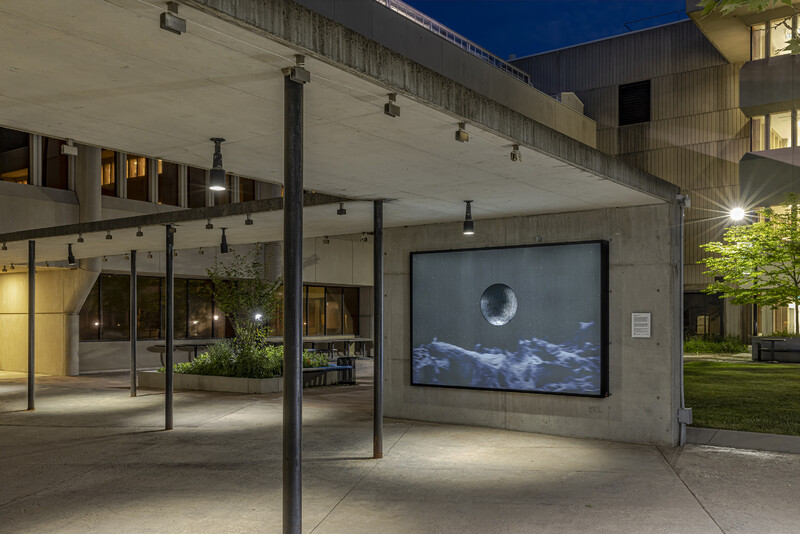
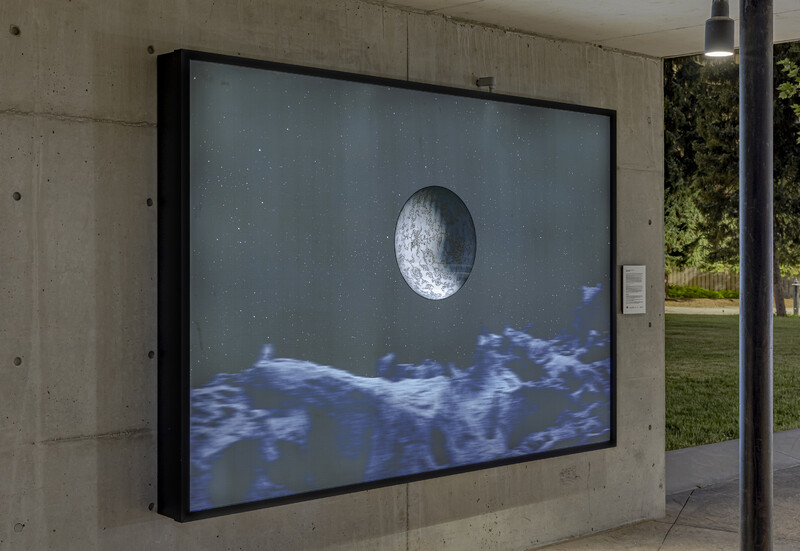
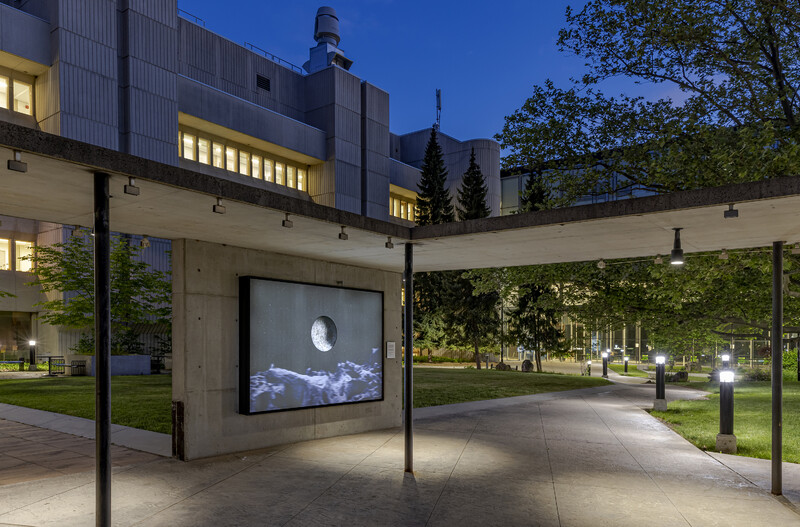
Reader-in-Residence
Interpretive Video
Educator-in-Residence Laura Tibi leads a tour of Tales from the Garden of Zār on University of Toronto Mississauga campus.
- Artist
- Rouzbeh Akhbari

The Blackwood
University of Toronto Mississauga
3359 Mississauga Road
Mississauga, ON L5L 1C6
[email protected]
(905) 828-3789
The galleries are currently closed.
Facebook | Twitter | Instagram
Sign up to receive our newsletter.
The Blackwood is situated on the Territory of the Mississaugas of the Credit, Seneca, and Huron-Wendat.
